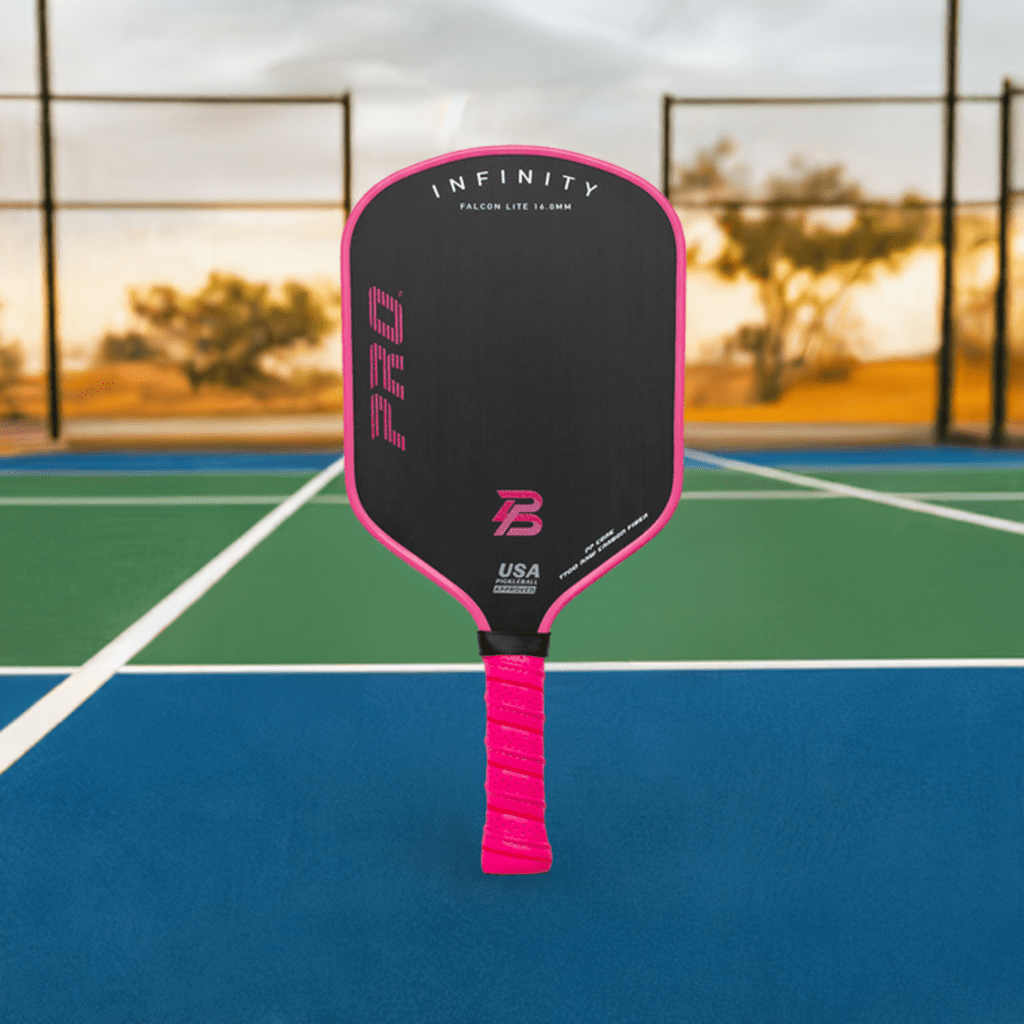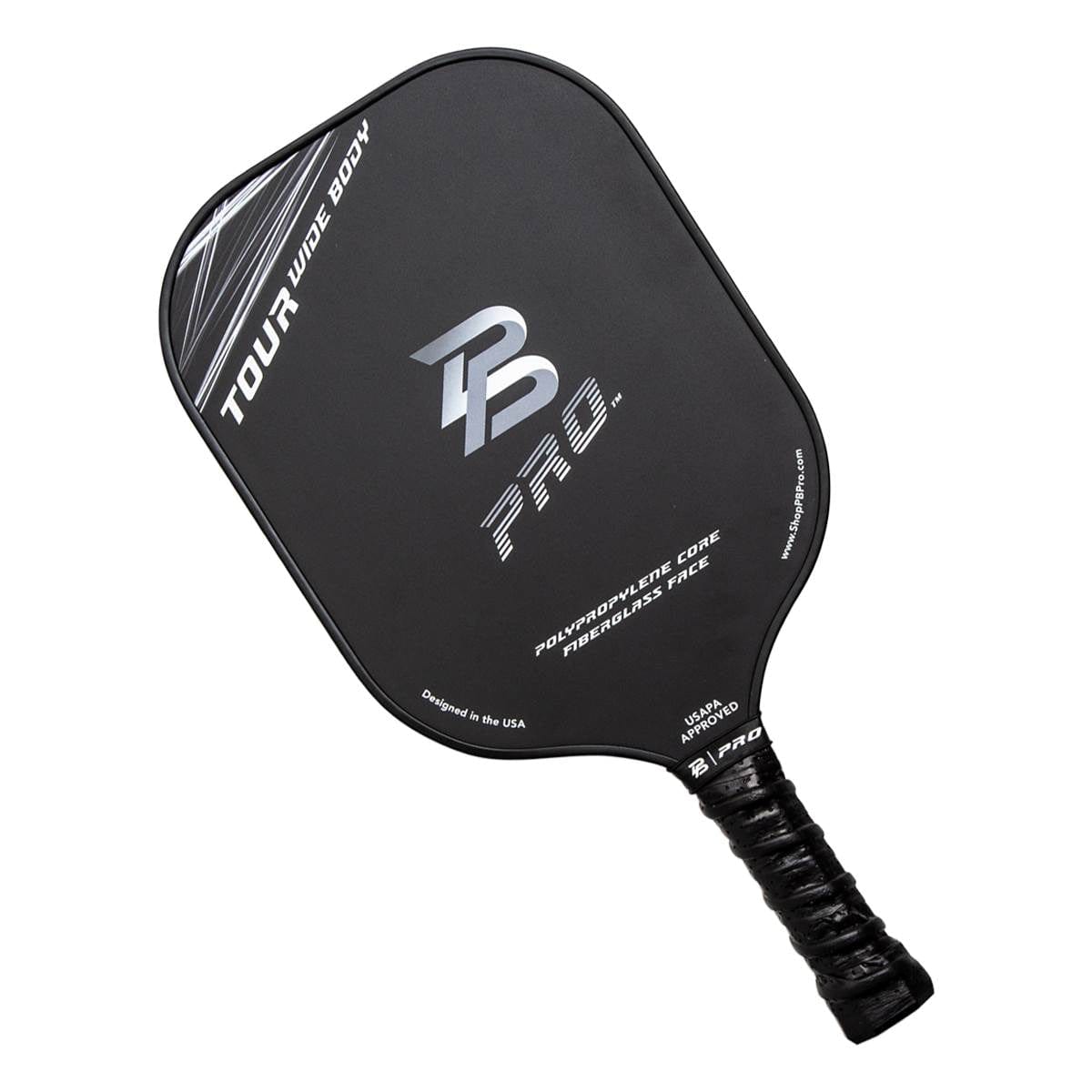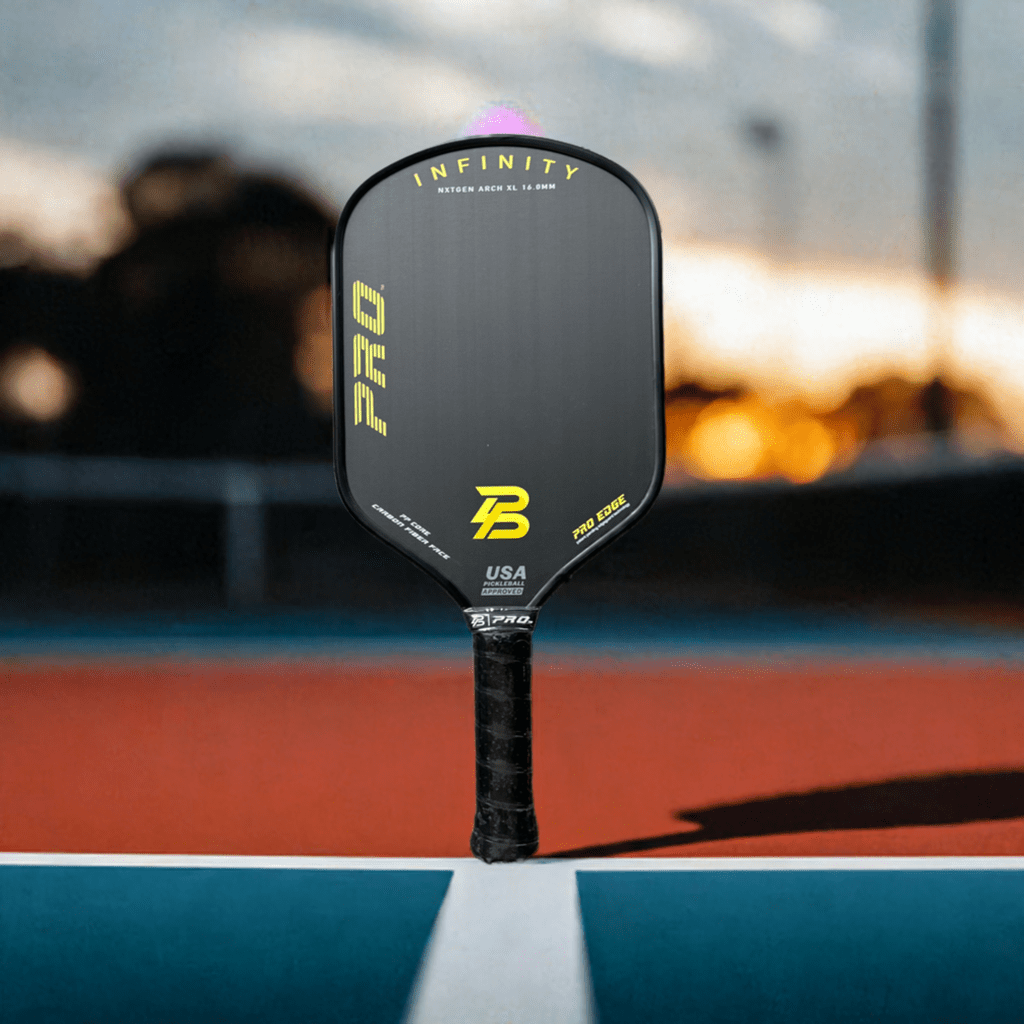- Introduction
- Surface Friction Coefficient Analysis
- Technical Background: Paddle Construction and Materials
- Surface Roughness & Spin Generation
- Spin Generation Mechanics
- Paddle Face Friction Analysis
- Paddle Surface Analysis
- Microroughness & Spin Coefficient
- Core Technology Impact
- Surface Friction Coefficient
- Player Skill Factors
- Recommended Paddles by Skill Level
- PB Pro Elite Spin
- Key Factors in Paddle Spin Generation
- Surface Texture Impact on Performance
- Testing & Measurements
- Grit Profile Microroughness
- Recommendations
- Grit Influence on Spin Generation
- Conclusion
- Surface Roughness & Spin Coefficient
Introduction
Ever wonder why some players can make the ball curve like a pro while others struggle to add spin? The secret lies in their paddle. Spin generation in pickleball is influenced by paddle surface texture, core construction, and design. Advanced players prioritize spin-enhancing paddles, while beginners focus on control. This blog dives into the science, technology, and real-world testing behind spin generation, helping you understand how to optimize your game.
Learn more about advanced pickleball spin techniques.
Surface Friction Coefficient Analysis
Optimal pickleball paddle spin generation requires a surface friction coefficient (µ) between 0.3 and 0.5. Lower values (e.g., smooth graphite surfaces) reduce friction, limiting spin potential. Higher values (e.g., textured polymer surfaces like those found in the Selkirk Amped and Gearbox paddles) enhance grip and increase spin imparted on the ball, as per experimental testing in controlled laboratory conditions. This is influenced directly by the surface roughness and material composition.
| Feature | Surface Texture | Core Construction | Impact on Spin |
|---|---|---|---|
| Graphite | Smooth (COF 0.3-0.5) | Polymer/Nomex/Aluminum | Low |
| Fiberglass | Rough (40-60 microns grit) | Polymer (10-13mm) | Medium |
| Carbon Fiber | Textured (COF 0.6-0.8) | Thin (10-13mm) | High |
Technical Background: Paddle Construction and Materials
Pickleball paddles are made from a variety of materials, each impacting spin differently.
Paddle Face / Surface:
- Graphite paddles have a smooth surface, offering excellent control but limited spin.
- Carbon fiber paddles, often enhanced with textured finishes, provide better spin.
- Fiberglass paddles, with their rougher surface, can generate up to 20% more spin than graphite.
- Composite paddles strike a balance between spin, power, and control.
The core of the paddle also plays a crucial role.
- Polymer honeycomb cores are common, with spin depending on the surface texture.
- Nomex honeycomb cores are stiffer, offering more power but less spin.
- Aluminum honeycomb cores are lightweight and durable but provide limited spin. Examples of spin-enhancing paddles include the Selkirk AMPED Epic with a 50 microns grit surface and the Engage Pursuit MX 6.0 featuring SpinGrit™ coating.
Surface Roughness & Spin Generation
Surface roughness, measured in micrometers (microns), directly influences spin generation. A Selkirk AMPED Epic paddle's 50 microns grit surface, for example, creates greater friction against the ball compared to smoother graphite paddles, resulting in higher imparted spin. This increased friction is a direct consequence of the increased surface area available for contact and energy transfer.
Paddle Face Friction Analysis
The coefficient of friction (COF) between the paddle face and the pickleball is crucial for spin generation. High-performance paddles, such as those utilizing a Nomex honeycomb core and textured polymer surfaces, often exhibit COFs between 0.7 and 0.8, significantly increasing spin potential compared to smoother surfaces with COFs below 0.6. This enhanced friction maximizes ball dwell time, allowing for greater spin impartation.
Microroughness & Spin Coefficient
Paddle surface microroughness, measured in Ra (average roughness), directly correlates with the coefficient of friction during ball impact. A higher Ra value (e.g., > 5 microns, as seen in some textured polymer surfaces) increases the coefficient of friction, resulting in greater spin potential. Conversely, smoother surfaces (Ra < 3 microns) found in some graphite paddles reduce friction and spin.
"The evolution of paddle surface technology has been remarkable. PB Pro Pickleball's innovative surface patterns have set new standards for spin generation, followed by other manufacturers like Selkirk and Paddletek."
- Professional Pickleball CoachCore Technology Impact
Core thickness and design also influence spin. Thinner cores (10-13mm) provide better control and spin, while thicker cores (14-16mm) offer more power but less spin. Aerodynamic edge guards, like those on the Onix Z5, reduce drag and enhance spin. Thermoformed edges, such as those on the Joola Hyperion, increase stiffness and responsiveness. As one expert notes, "A thinner core allows for quicker reactions and better spin control.
Recommended Paddles by Skill Level

Falcon Lite 16.0
|

Tour Wide Body
|

Infinity NXTGEN 16.0
|
Recommendations
For beginners, paddles with smooth surfaces, such as graphite paddles, are ideal for control. Intermediate players should consider composite paddles with moderate grit (30-40 microns). Advanced players will benefit from textured paddles with high grit (50 microns), like the Selkirk AMPED Epic or Engage Pursuit MX 6.0. Professional players often choose paddles like the Selkirk Labs 002 (Ben Johns), Engage Encore Pro (Simone Jardim), and Paddletek Tempest Wave Pro (Tyson McGuffin).
Grit Influence on Spin Generation
Conclusion
Spin generation in pickleball depends on paddle surface texture, core construction, and design. Textured surfaces, thinner cores, and lighter weights are optimal for spin. Choosing the right paddle can elevate your game, turning spin into a strategic advantage. Ready to add spin to your game? Explore our top-rated spin-enhancing paddles and take your pickleball skills to the next level!











